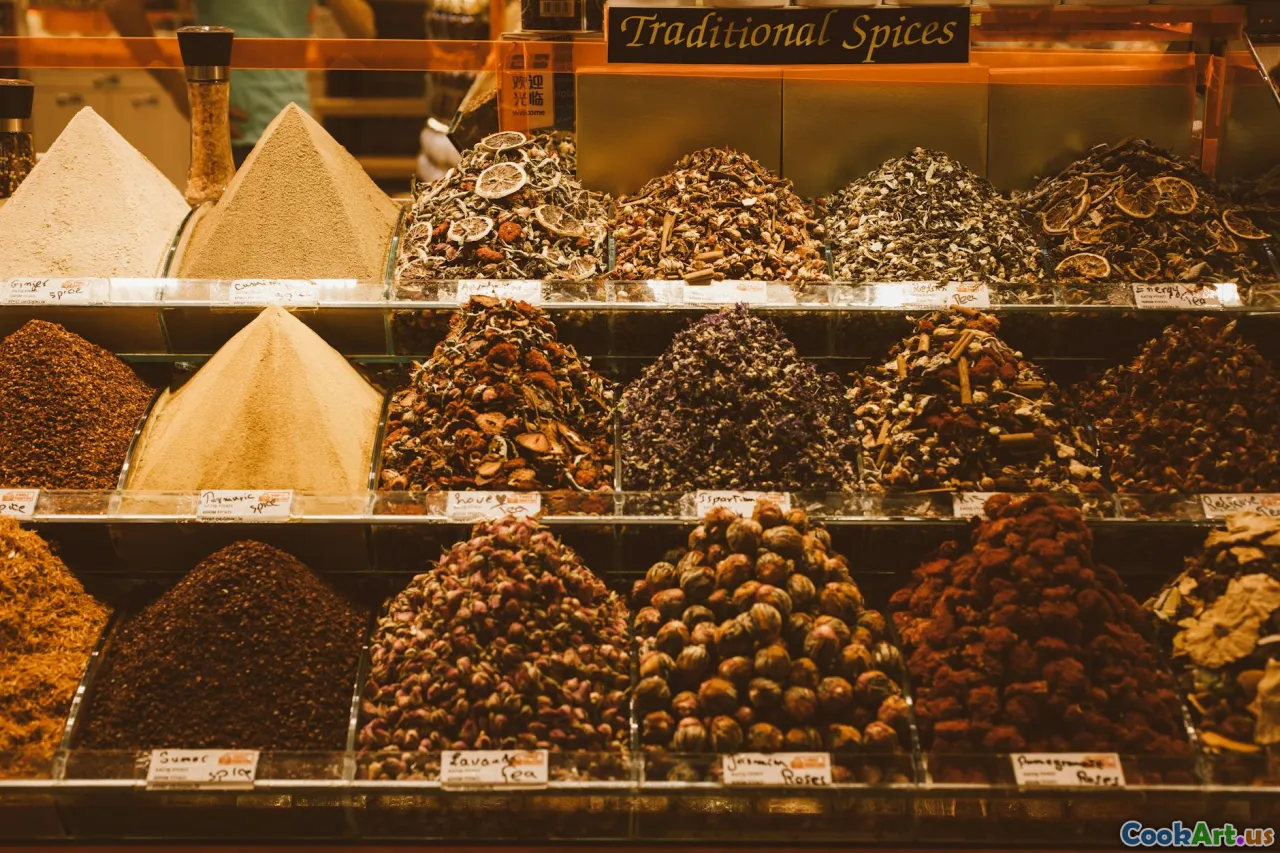Food Myths from Around the Globe
6 min read Uncover the surprising food myths from different cultures that shape our eating habits and culinary beliefs. April 15, 2025 02:45
Food Myths from Around the Globe
Food is more than sustenance; it embodies cultural identities, beliefs, and traditions. Amidst the diverse culinary practices worldwide, various myths have emerged, often shaping the way we perceive and interact with food. In this exploration, we delve into some intriguing food myths from different cultures and uncover the truths behind them.
1. The Myth of the Five-Second Rule
Origin:
This popular myth suggests that food dropped on the floor is safe to eat if picked up within five seconds.
Truth:
Microbiologists have debunked this claim, showing that bacteria can transfer to food almost instantaneously, regardless of the time it spends on the floor. The risk of contamination depends more on the cleanliness of the surface than the timing.
2. The “Spicy Food Causes Ulcers” Belief
Origin:
For years, many believed that consuming spicy foods could lead to stomach ulcers.
Truth:
Research shows that ulcers are primarily caused by the bacterium Helicobacter pylori and prolonged use of nonsteroidal anti-inflammatory drugs (NSAIDs). While spicy foods can irritate existing ulcers, they are not a direct cause.
3. Drinking Milk After Spicy Food
Origin:
In many cultures, especially in India, drinking milk is believed to neutralize the heat from spicy dishes.
Truth:
While milk can indeed help alleviate the burning sensation due to its fat content, it does not eliminate the spiciness. The effectiveness of milk varies from person to person, and some may find better relief with yogurt or sour cream.
4. Carrots Improve Night Vision
Origin:
This myth surged during World War II when British propaganda suggested that eating carrots could enhance soldiers' night vision.
Truth:
While carrots are rich in beta-carotene, which is converted to vitamin A (essential for maintaining healthy vision), they do not grant superhuman night vision. This myth was a clever ruse to cover up advancements in radar technology.
5. Eating Turkey Makes You Sleepy
Origin:
Often attributed to the tryptophan in turkey, this myth claims that consuming turkey leads to sleepiness.
Truth:
While turkey contains tryptophan, the levels are comparable to those found in other meats. The sleepiness often felt after a large Thanksgiving feast is more likely due to overeating and the heavy carbohydrates consumed alongside the turkey.
6. Fish is Brain Food
Origin:
This belief stems from the notion that consuming fish can enhance brain function and cognitive abilities.
Truth:
While fish is rich in omega-3 fatty acids, which are beneficial for brain health, it does not guarantee improved cognitive abilities. A balanced diet, overall, is key to maintaining brain health.
7. Pineapple Destroys Your Mouth
Origin:
Many claim that the enzyme bromelain in pineapple eats away at the lining of your mouth.
Truth:
While pineapple can cause a tingling sensation due to its acidity, it does not destroy mouth tissue. The sensation is temporary and occurs due to the fruit's natural enzymes.
8. Sugar Makes Kids Hyperactive
Origin:
Parents often believe that sugar consumption leads to hyperactive behavior in children, especially during celebrations.
Truth:
Numerous studies have shown no direct correlation between sugar intake and hyperactivity. The excitement of parties and events likely contributes more to perceived hyperactivity than the sugar itself.
9. Eating Before Swimming Causes Cramps
Origin:
A common warning among parents is to avoid eating before swimming to prevent cramps.
Truth:
While it's sensible to avoid vigorous exercise right after a large meal, moderate eating should not pose a significant risk for cramps. The myth persists more as a cautionary tale than a factual warning.
10. You Shouldn’t Eat Raw Cookie Dough
Origin:
The concern over eating raw cookie dough is often linked to the risk of salmonella from raw eggs and E. coli from raw flour.
Truth:
While there is some risk in consuming raw cookie dough, many people still indulge in it. Using pasteurized eggs and heat-treated flour can reduce these risks significantly, allowing for safer indulgence.
Conclusion
Food myths are often steeped in cultural beliefs and traditions, providing insight into how societies view food and health. By understanding the facts behind these myths, we can make informed choices in our culinary adventures. Exploring food myths also opens a dialogue about food education and the importance of scientific understanding in our eating habits. Let’s continue to uncover the stories behind our plates and appreciate the fascinating world of global cuisine.









